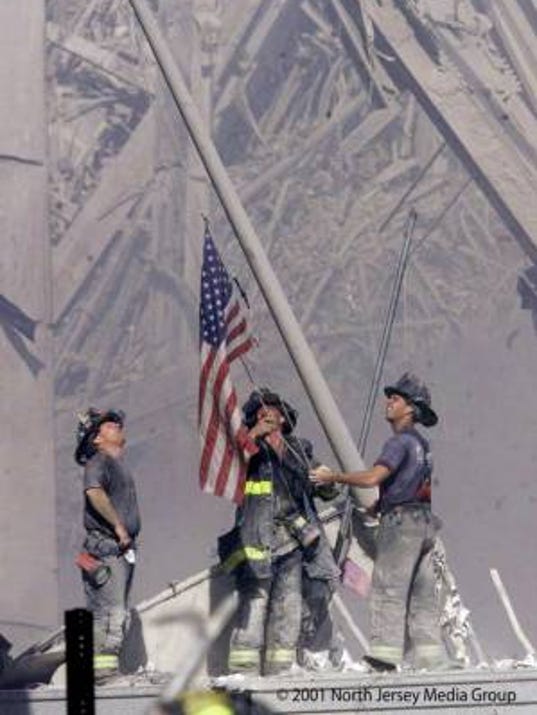Photojournalism is a combination of a learned skill and a form of art. The art of being able to capture a moment perfectly, and the skill to be able to be unbiased and tell the story behind the picture. As Professor Nordell stated, “If you break up the word photojournalism into two words, photo and journalism, it means photographs created to be published in journals”. Photojournalists are visual storytellers and need to be honest and impartial when telling the story in a strictly professional way, following the rules of journalism. Using photography in the news is important, in order to make the facts relatable to the reader. With that being said, sometimes in order to get that “perfect image”, photojournalists knowingly put themselves in very unsafe and dangerous situations. Many photojournalists have a similar motto as one of the greatest 20th century photojournalists, Robert Capa, “if your pictures aren’t good enough, you are not close enough”.
 Photo by Heidi Levine
Photo by Heidi LevineImage Source: http://www.foxnews.com/us/2015/03/24/women-media-group-to-honor-photographer-heidi-levine-with-prize-named-for-ap.html
According to Professor Nordell, “Mathew Brady’s photos of the Civil War was considered by many, the beginning of photojournalism”. The ability to tell a story with impacting pictures and strong words has played a huge role in documenting history. So much that it has even helped shape it. In the excerpt of the movie “War Photographer”, James Nachtwey states, “For me, the strength of photography lies in its ability to evoke a sense of humanity. If war is an attempt to negate humanity, then photography can be perceived as the opposite of war, and if it’s used well, it can be a powerful ingredient in the antidote to war”. With this being said, photojournalism is being used to not just document history, but also to help change it.
Photo by Thomas E. Franklin
Image Source:
http://www.usatoday.com/story/news/nation-now/2016/09/07/september-11-terror-attacks-911-iconic-flag-photo-mystery-solved/89952660/
Why would anybody be interested in history? You can’t change it, so why bother? Knowing history is vital. In the video, Why study history?, “Knowing the past helps us understand what is going on in the present. Knowing what is going on in the present will affect what will go on in the future. It helps us think critically and see both sides to a story”. Our ancestors made many mistakes in our past and without learning from these mistakes, we can’t analyze it to solve problems in the present. In other words, it helps right the wrongs of our past.
Photojournalists know this and live it and breathe it. They are passionate and courageous about it and strongly feel that they can make a difference. They raise awareness of what is going on all around us through their photography. They give the unheard, a voice. They tell a story to those that may not know the extent of an issue. It shows the emotions, the struggles, the pain of those to others that are completely disconnected from it, with the hopes of bringing out the humanity in others and becoming proactive in the issue. Humans are very visual creatures. Telling a story just does not have the same impact as telling the same story with the photographs or visuals to go along with it. It makes it real and in your face. It makes it harder to look away and pretend like everything is fine. For that, photojournalists are in a way activists, risking their own lives to make the world aware of the changes that need to be made. They don’t do it for the fame or for the money, for it is a thankless job. It takes a strong, passionate person with the education, skill and gift to do this, and for that, their job is vital.

No comments:
Post a Comment